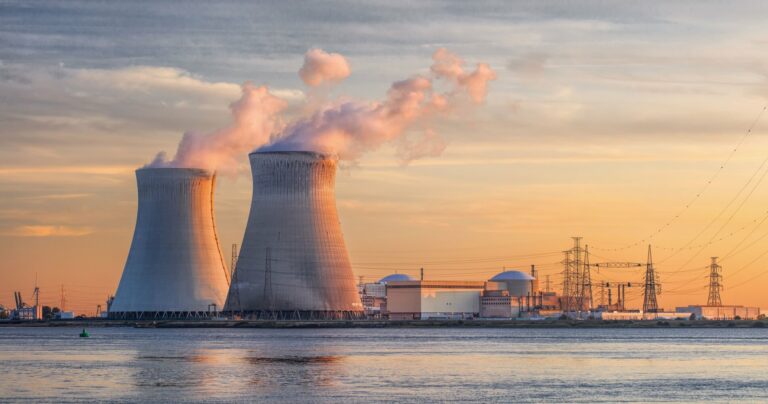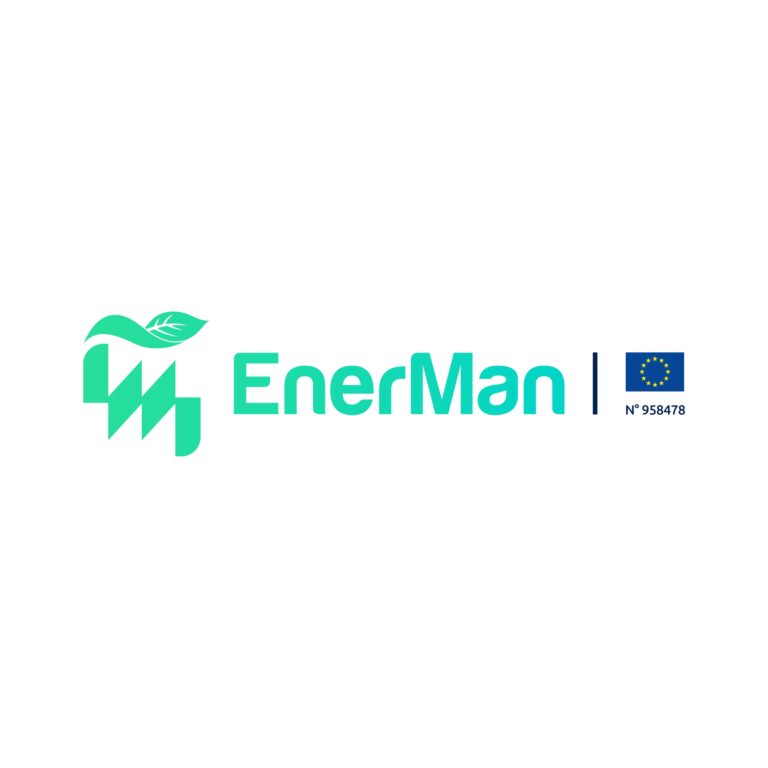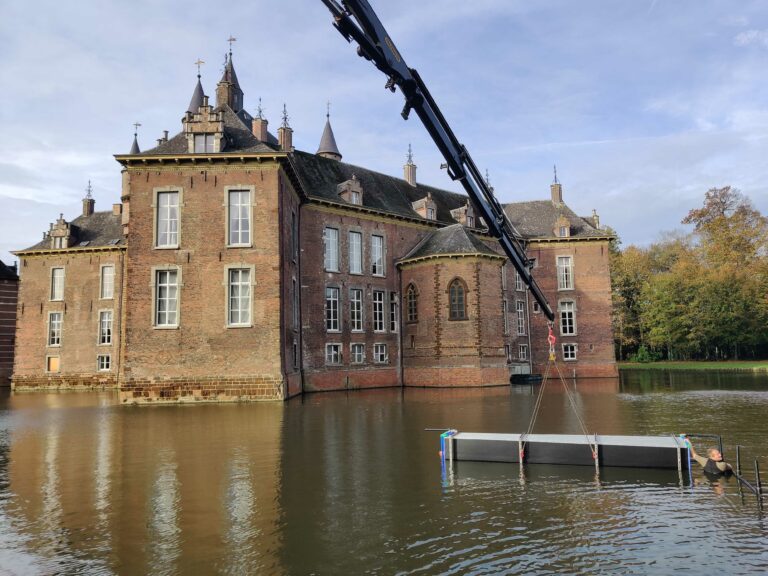Imbalances of the Electric Grid: Implications, Challenges and Solutions
Electricity has been a natural part of civilized life for decades, yet almost nobody knows how the grid works. While this is a larger topic, today we discuss the increasing challenge of keeping the balance: The electrical grid always has to balance demand and supply. Yet, hectic daily life is full of constant changes: Lights are turned on and off, and suddenly, someone charges their phone or cooks a meal. This inherent chaos to the system tends to become much more prominent not just on the demand, but also on the production side as we turn towards solar and wind energy, resources that are less predictable by nature, while conventional power plants can be fired up or powered down as needed.
Today, Jan Bartoš, an energy expert currently working for the international consultancy P3 Group, who is giving us an overview of how the electrical grid keeps its balance.
How did you end up in this field of Energy?
I studied international relations and European studies here in Prague at Charles University. During my studies, I was interested in Energy and how it shapes geopolitics. After my studies, I found a job in a government institution that takes care of strategic stocks of crude oil and oil products, basically petroleum reserves. Most countries have an institution similar to this one. Sometimes, it’s operated by the industry; sometimes, it’s run by the government. In the Czech Republic, we have a governmental model. Part of its mandate was energy security, and since it is a governmental institution, it is also involved in the European Union and other international organizations. That’s how I gradually got into the energy business through international relations. When I joined, it was coming close to the first Czech Republic presidency of the EU. They were looking for somebody to help them through the presidency, with some negotiations, and to draft a European directive that deals precisely with what the institution does. This is why they hired me and where I got my first experiences. I represented them in the International Energy Agency (IEA), and after some time, I was directly hired by the IEA Secretariat and moved to Paris. My energy scope broadened beyond oil and oil security to all Energy matters there. Gradually, it became essential to look at the impacts of digitalization on the energy sector, so I researched that while working for the IEA. In total, I worked for six years in Paris. I returned to Prague, where I worked for the Czech Republic’s Transmission Systems Operator ČEPS. This company operates the high-voltage grid and all the substations and is responsible for keeping the power supply safe and stable.
ČEPS sought someone to help them transform into a more digital company and adopt innovations. So at ČEPS, I was part of the digitalization and innovation department, which was all about new trends and adopting new technologies such as AI, virtual realities, and drones, or getting more ready for the rising intermittent renewable Energy. This meant the creation of new helpful platforms.
Which Projects Related to Balancing were You Working on?
In ČEPS, several big departments worked on balancing, which is a complicated business and is traditionally provided by large assets such as traditional power plants. We start losing the traditional assets that help you with balancing and instead moving more towards the low voltage world, where you have all sorts of decentralized devices such as electric cars and their chargers, heat pumps, etc. They can be connected and operated remotely, where we also measure their performance data and manipulate their behavior by switching them on or off – this accumulates some Energy and can be helpful in the balancing app.
My angle in this digitalization and innovation department was working on a pilot project for a cloud-based balancing platform that would try to connect these smaller devices and allow them to operate remotely. This would be turning on or off and decreasing and increasing consumption. Following this, we aimed to see whether this could be done standardized to know whether we find a communication protocol. Suppose these devices could communicate with this protocol and send some measurements of what was going on. This platform would activate these devices and store and analyze the data.
Do You Think We Can Use the Small Devices to Control the Imbalances?
We will always have imbalances. This is the nature of electricity. Everything needs to happen in real-time because – to simplify it – if you turn on or off a light bulb in a room, then immediately you create an imbalance, which needs to be compensated by somebody somewhere: Someone else has to decrease their consumption, or in some power plant they have to increase the production in the same moment. This is a highly complex organism, as seen by looking at Europe: We are connected on an intracontinental level. Most of continental Europe is part of one synchronized zone (called Continental Synchronous Area)where we must keep the frequency, which is famously 50 Hz AC. That needs to be held in balance in real-time. There is some inertia in the system, So if someone turns on a lightbulb, you do not have a blackout immediately. But let’s talk about more significant volumes of demand and production changes. There needs to be some considerable response – where we come to the balancing services.
Can these new smaller devices, such as heat pumps or electric cars, resolve the imbalances? Not alone, but at least it can help. As we lose traditional energy resources, we move to a world of intermittent energy sources, including solar and wind. Here, we could have better predictions and especially no control over them. It entirely depends on the weather.
Big spinning generators traditionally provided the inertia in the system. If you imagine giant turbines in a coal-fired power plant, They spin, and this spinning stabilizes the grid on its own. But when the sun stops shining, it stops generating immediately – we are losing this inertia in the system. So we need to be much smarter and quicker to resolve it. This is where all these aggregated systems of virtual batteries or virtual power plants (VPP) come into the game.
What is a Virtual Power Plant?
It is a term that describes, for example, a hundred connected electric cars. Each can be in a different place, but they are connected virtually by communication protocols that control their charging or discharging – depending on the grid’s needs. In essence, they act as a battery if we join them. Of course, as a car user, you must have some control over your car to set certain limits. Say you must go out for work in the morning and charge your vehicle at a certain level.
On the other hand, this virtual battery can do whatever it needs during the night hours, and in exchange, the car owner gets some money for it. There are different business models on how to do that. Another example is cold storage facilities, which are industry-scale freezers. These “fridges” also have some inertia as turning on the cooling is not immediately necessary. Thus, the energy consumption due to the freezing process can always be delayed by, e.g., an hour while it maintains the mandatory temperature.
How does the Balancing Work?
The primary balancing mechanism is permanently set in the market. They operate in a way that costs you money if you don’t adhere to what you declare: Say you are an industry-scale electricity consumer. Then, you need to state that your consumption will be a specific volume. If you deviate from this on the said day by taking more or less, you will be penalized by the market operator. This market organism forces everybody to behave in a predictable way and move towards the natural balance of things. The grid still has ups and downs, but the situation is unpredictable. So, the first step is the market balancing itself.
Then, we have the transmission system operator, which in the Czech Republic is called ČEPS, and they need to cover whatever is left between the natural balance of things and the unpredictability that always exists. This can be a storm suddenly tearing down a lot of wires, decreasing demand in one region, and creating an imbalance – no one expects that. They use this in the balancing services they purchase in advance. Long-term contracts are put in place with companies that can react quickly by reducing their demand or ramping up their production. Most of them are, yet we are moving towards a world of intermittent Energy: In 10 years, there might not be any coal-fired power plants anymore. Here, the virtual power plants (VPP) and other providers of flexibility come into play. If these devices are large enough, for example an industrial-scale boiler, they can be directly in contact with the transmission system operator and don’t need to be part of a virtual power plant. The limit is currently set to 1 MW.
What are the Current Challenges?
The energy sector’s most significant issue is not the day-to-day balancing. We can already use batteries and other sources of short-term flexibility. The problem is more long-term: When we go away from coal and nuclear towards solar and wind, there can be periods with very little wind and the sun not shining – yet you still need electricity, so it is produced, e.g., from gas reserves. This is still not fully resolved as it is also a matter of cost. There are hopes that hydrogen might fix that problem, but hydrogen is still in “toddler shoes” – the technology exists, but it needs to be scaled up. Massive projects are coming up in the EU, some of which set up by the Projects of Common Interest (PCI) mechanism. Until the hydrogen infrastructure can go into place, we will depend on natural gas in the long run.
In classical times, with the big operators and control rooms, we could build dedicated communication lines, which are very secure, accurate, robust, and expensive. But then, if we start using domestic heat pumps, car chargers, and so on, you can forget about dedicated communication lines. It has to happen over the internet – each device uses different firmware and operates differently. We have to find a way to standardize this. So, we have to develop a communication protocol between those devices and the grid operator.
The full potential of using small-scale devices in the VPPs also comes to a limit when you ask yourself: How many people currently live in a smart house? Few. The most significant issues are trust and standardization, which are holding it back from the big scale.
We still have the luxury of having these big power plants, so we don’t desperately need the solution. And it is good that we are already developing so the technology will be ready in a decade.
Whom to Contact?
Are you feeling inspired by this exciting idea and eager to explore more? Reach out to Jan for a delightful discussion or learn more about the work of the P3 consultancy Group.







One Comment